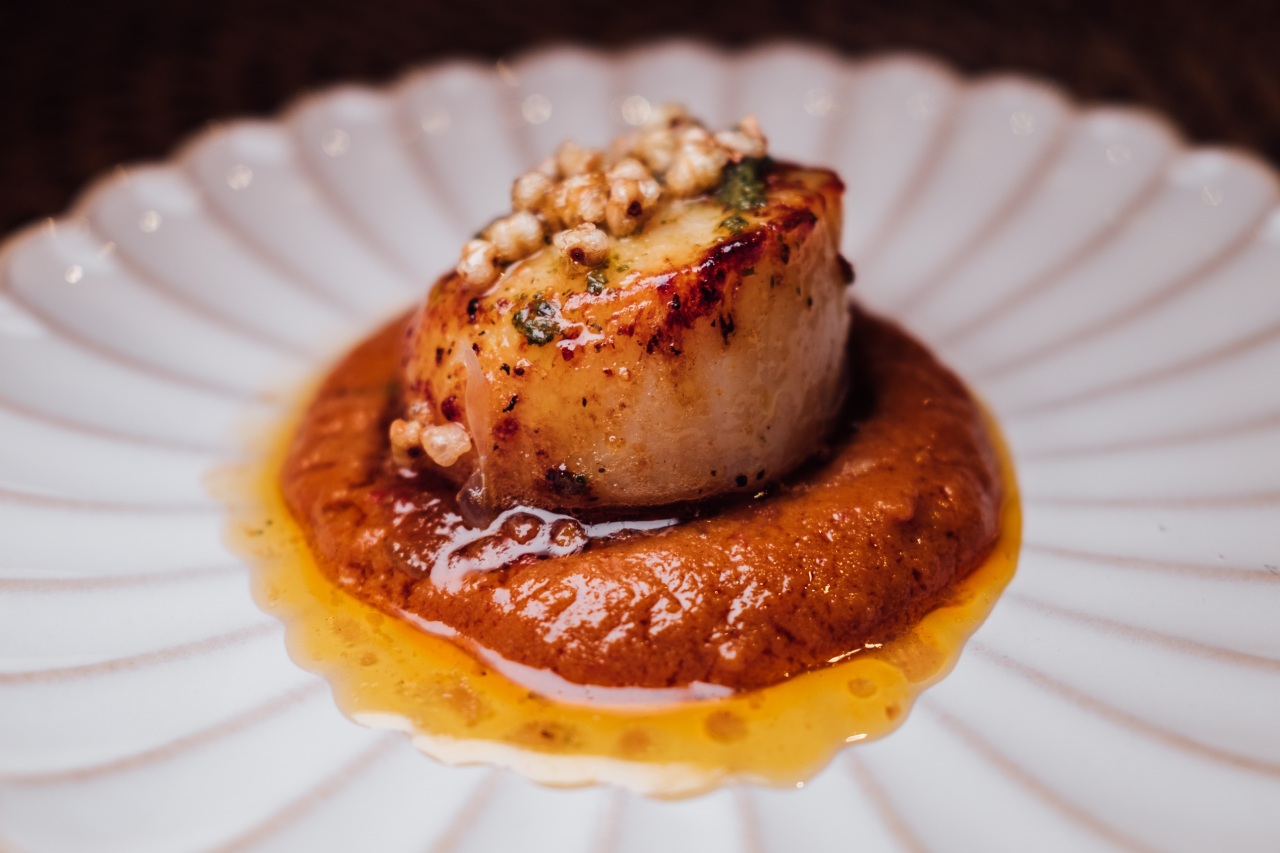All images by Nicholas Chang for RICE Media unless stated otherwise. Top image courtesy of Chef Nurl Asyraffie.
I grew up with simple food. Raised by a Chinese mother, we barely ate any meals together around the dining table, nor were we invited to weddings or social events. I never knew what the Malay kampung spirit felt like—and it all changed when I got married.
I met my husband’s grandmother, whose humble dishes set the tone for my impression of Malay cuisine. Time, sincerity, and effort were her secret ingredients.
It was the hours she poured into the stove, frying sambal paste until it deepened to a rich red. It was the early morning trips to the market for cuts of meat she’d stew on low heat for days, yielding hearty, fall-apart pieces. It was how she transformed chicken, potatoes, and toasted spices into a luxurious, rich curry that fed all of us—a dish our family would crave long after she was gone.
For me—and for most Singaporeans—this love for food goes beyond nostalgia. Whether dining at home or searching for a photo-worthy dish for the ‘gram, the hunt for good food is constant. On special occasions, fine dining becomes the go-to, and thankfully, options abound across the island.
Beyond the typical Western and European offerings, fine dining is also embracing new interpretations of Asian cuisine. Cantonese fare at Lei Garden, Thevar for modern Indian cuisine, and contemporary Korean dishes at NAE:UM are just a few examples of this exciting shift.
My journey down the fine dining rabbit hole began when ‘Tanya with Ilya’ popped up on my TikTok feed. Chef Ilya—a Masterchef Singapore alumnus—spoke to passers-by, and the opinions on Malay fine dining were varied. Some weren’t sure that Malay fine dining existed, while others couldn’t see Malay food in fine dining form because it’s known for “big portions and thick gravies.”
I can see where they’re coming from. The notion of taking a beloved ritual of communal dining, abundant with food, and deconstructing it into minute portions—imagine a single cube of lontong on a fancy silver spoon—is something I struggle to wrap my head around. Personally, I don’t need my ayam masak lemak to undergo the molecular gastronomy treatment and served in bite-sized foam.
Despite the pushback, why then do so many local Malay chefs remain outspoken about their aim to insert some Michelin-quality pizzazz into the Malay food scene in Singapore?
What Even Is Malay Fine Dining?
Granted, if I walked into Kampong Glam, I’d be surrounded by rows of halal establishments serving atas Malay food—The Malayan Council immediately comes to mind. Can their offerings truly be classified as Malay fine dining?
I’m no fine dining expert, so I ask 33-year-old Chef Nurl Asyraffie. He indignantly responds: “Places like Malayan Council and Noosh are not fine dining—they’re just casual fusion food”.

The SHATEC graduate—and owner of contemporary fine dining outfit Arang—argues that the words ‘fine dining’ have been widely misinterpreted.
Fine dining once meant communal feasting in Chinese, Egyptian, and Roman civilisations—an art of indulging in exquisite cuisine together. Only after the French Revolution in the 1800s did restaurants begin adding an air of ‘upper-class’ luxury: elegant cutlery, tablecloths, and fine China, transforming meals from communal gatherings into exclusive experiences.
Essentially, the roots of fine dining really aren’t about the spotless white linen tablecloths and knowing the distinction between salad forks and dinner forks.
“Fine dining is all about the ingredients, the techniques, the skill,” Chef Asyraffie clarifies. “It’s not all about the plating, but mainly about making the food at a very high level consistently.”
Still, over the years, it’s become stereotyped as hoity-toity, bite-sized offerings with steep price tags.
A friend of mine puts it simply. “If the portion is like peanuts, and I have to pay over $100, I might as well visit Seoul Garden.”
Another friend adds: “Malay fine dining always involves some sort of fusion food. What else are you going to fuse asam pedas with?”
They’re both valid. Anecdotally, spending about $100 per pax for meals is rare for the Malay community—reserved for very special occasions or those in the higher socioeconomic classes.
Of course, I had to ask an old classmate whose family frequents upscale restaurants for meals. He’s never even heard of Malay fine dining in Singapore.
“I think it’s self-sabotage,” he says when I ask him why most Singaporeans don’t feel like coughing up the money for food they can probably eat at home. “Asians just don’t want the food we love to be elevated to fine dining level because it’ll end up being expensive.”
“But I also believe that much of it stems from wanting authenticity. Why would you want rendang to be made of wagyu that costs much more when the beef a makcik is using is good enough?”
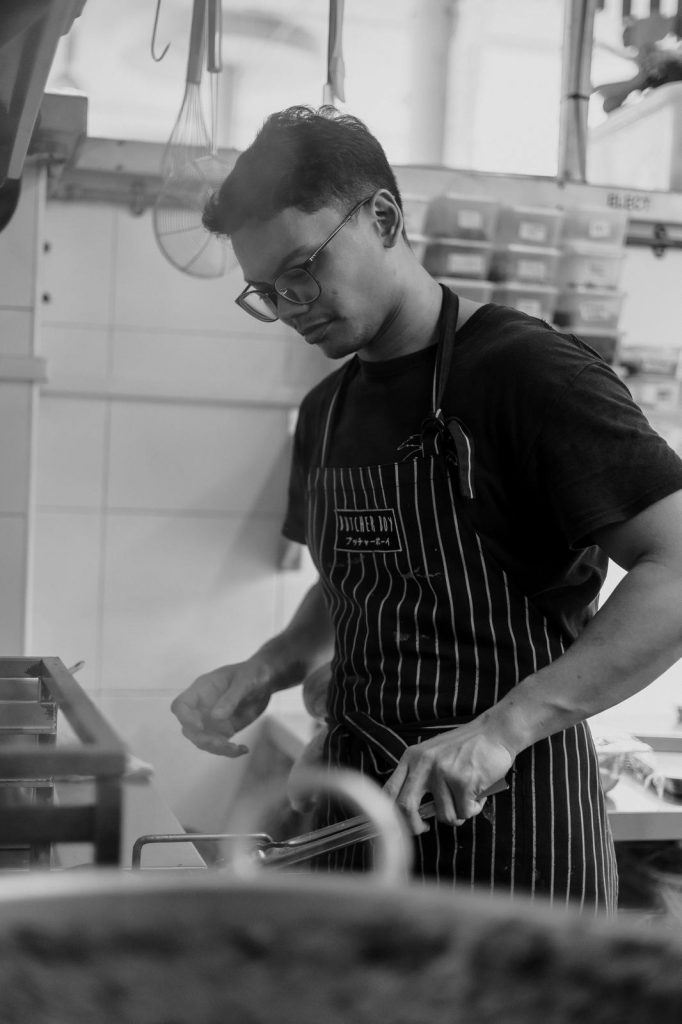
To that, Chef Asyraffie acknowledges that getting the public to buy into the concept of pricey Malay food hasn’t been easy, whether it’s in a fine-dining restaurant or a more casual space.
“Unless I have a big name or am a celebrity chef, they’re not willing to spend. To them, I’m just a youngster charging $13, $14 [for Malay food],” he says.
“I mean, if I see some guy cooking in a hawker centre charging that amount, I’d be sceptical too.”
It’s Expensive. But Is It Worth It?
It’s clear that the cost of entry deters some of us from even entertaining the idea of elevated homely food. But if there are chefs dedicating their life’s work to Malay fine dining, there has to be value in the concept.
Chef Asyraffie started developing his versions of contemporary Malay food shortly after his stint at Thevar in 2021, under the encouragement of its chef-owner, Mano Thevar.
Taking inspiration from the various pop-ups he did while working with Chef Mano, he decided to rent a two-bedroom apartment at Golden Mile Complex and open a contemporary private dining endeavour: Arang. It was an experimental space to test out dishes and make a name for himself.

Malay food purists, be warned—dishes like chickpea rempeyek paired with cubes of smoked hamachi, and kuih bakar topped with uni and caviar were but a small portion of Asyraffie’s menu. As unusual as these entrees might sound, his reservations were always fully booked.
Unfortunately, Arang’s tenancy at Golden Mile Complex expired. A new restaurant concept would require investors, but the downside was that they wanted to include alcohol. It’s something Chef Asyraffie—as a Malay-Muslim man—was firmly against.
“[On top of that], with recession [and] inflation, people aren’t spending in restaurants as compared to last time. I also understand not many people can afford to eat at fine dining restaurants,” he continues.
He decided to introduce a simplified version of fine dining that focused on the quality of food.
In 2023, he opened Kerabu by Arang—selling nasi kerabu—at Yishun Park Hawker Centre. Instead of playing with ingredients like caviar and uni, he now spends time elevating the quality of the food through techniques he’s acquired over the years.

He only charged $8.50 for a plate of nasi kerabu when the concept first launched. He wanted to make sure as a newbie, he’d gain the trust of his patrons first. For a month, he made no money yet continued serving the same high-quality food with the same ingredients.
“When I increased the price the following month, I started to see that people are okay with spending when they trust your brand. You have to give value first, then you’ll receive value,” he says.
Even with the sizable portion, he still gets people asking him: “It’s just chicken, why so expensive?”
It doesn’t bother him much—he simply shrugs it off. “Someone out there will see the worth in what I’m doing.”
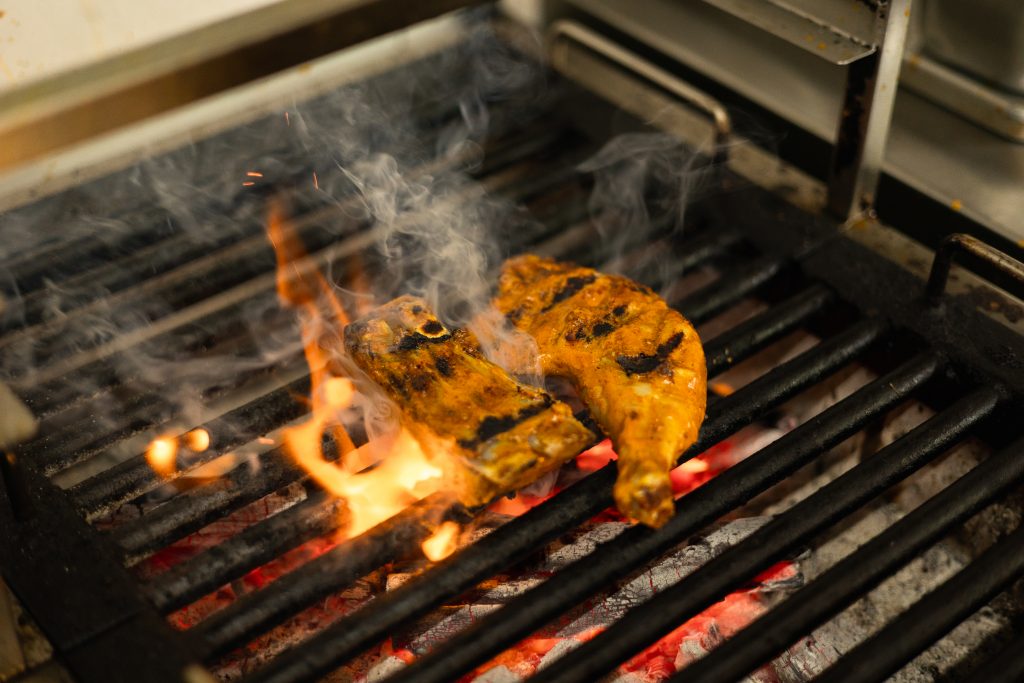
It All Comes From The Heart Anyway
We can debate endlessly about the concept of Malay fine dining—the fear of losing its communal roots, the belief that Malay food should stay affordable, and the assumption that fine dining reduces dishes to aesthetics and deconstructed forms.
But there’s no denying that the food these chefs create comes from the heart—a core ingredient—even if it’s not identical to the food we grew up eating.
When Chef Asyraffie launched Arang, he hosted approximately 160 dinners. Yet, out of the 160 private dining sessions, only a handful of patrons were from the Malay community. He claims that it didn’t affect how Kerabu is being run, but it’s clear from his voice that he’s disheartened.
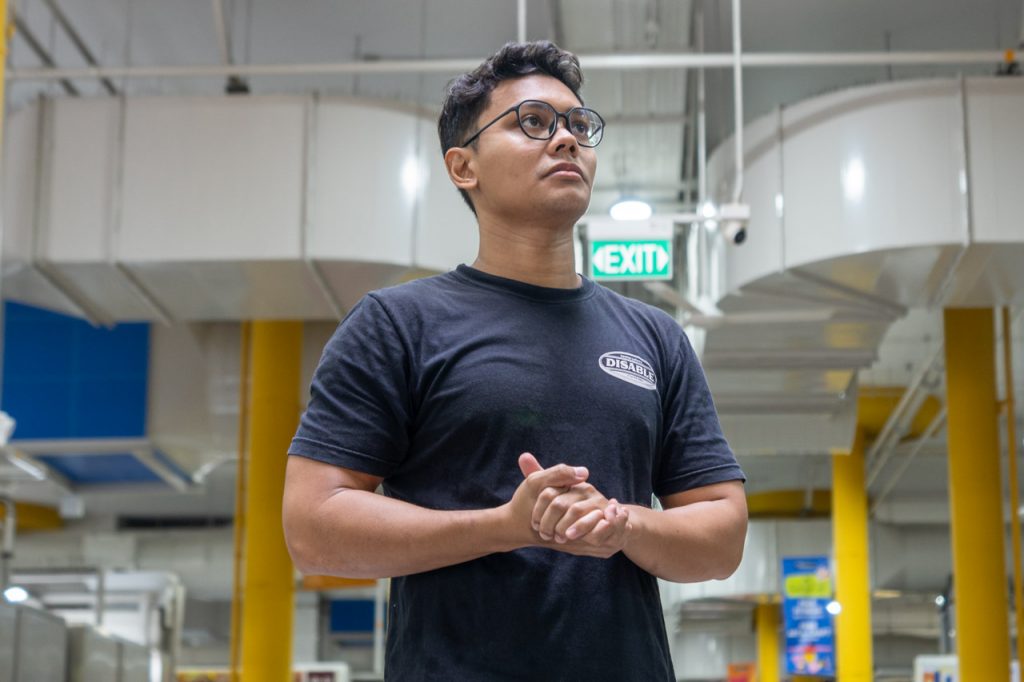
“Sedap, tak sedap (delicious or not), go and try first. Support your Malay community first. In Malaysia, if a place is good, people will queue. They support their own community. I’m trying to uplift the Malay name, but the ones supporting me are non-Malays,” Chef Asyraffie remarks.
Another chef who searched for community spirit in his early days in the kitchen was 41-year-old Chef Akmal Anuar of modern Malay restaurant Harummanis.
He has an impressive resume, previously holding positions at Michelin-starred French restaurants Les Amis and Saint Pierre. He was also head chef at Iggy’s, another Michelin-starred joint. But he confesses he felt under-appreciated by local companies during his years in Singapore.
He was offered lesser-than-ideal salaries, he says. And, more often than not, Singaporean restaurants would give jobs to a European or Caucasian chef with half his experience. The hospitality industry in Dubai took notice and made an offer he couldn’t refuse.
Now an esteemed Dubai-based restaurateur, Chef Akmal opened Harummanis in Singapore in November 2023 to honour his parents.
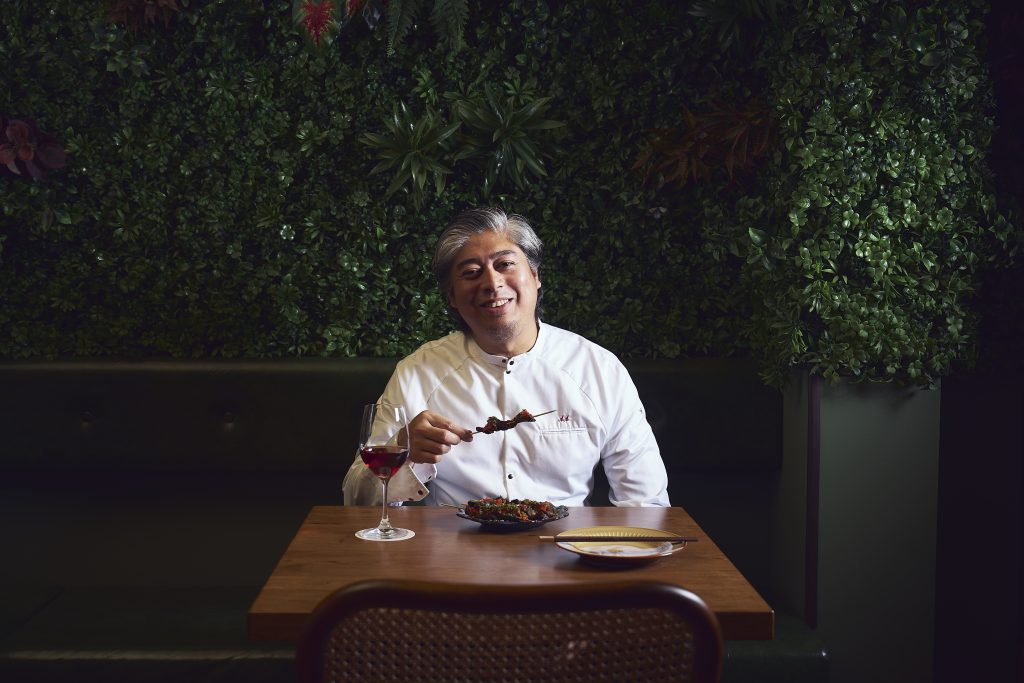
“[I understand that] introducing refined, or fine dining Malay cuisine, needs time. You need to get people to trust you when you propose something unfamiliar,” Chef Akmal says.
I feel a tinge of guilt. All this time, I clung to the idea of keeping Malay cuisine ‘true’ to its heritage, whatever that even meant. But in doing so, I realise I’ve been part of the reason Malay cuisine hasn’t had the chance to grow, evolve, and reach its full culinary potential.
With Harummanis, it’s clear that it is possible to put a new spin on the old. Chef Akmal’s offerings are inspired by the modest dishes his parents exposed to him as a child.

At first glance, Harummanis’s menu looks deceivingly similar to dishes you can find at your closest nasi padang stall. But the devil is in the details.
By balancing modern techniques from his fine dining career with the essence of the food he grew up enjoying, he creates a stunning tribute to the family-style meals that define the Malay community.
His sayur nangka with lemak chilli padi comes with turmeric leaf oil. The humble beef rendang has turned into the restaurant’s signature dish called ‘Minangka-bao’; a tender beef shank rendang sandwiched in between fried mantou bao buns.
Even the humble ketoprak—a traditional Indonesian salad of tofu and bean sprouts in peanut sauce—has been refined with a Japanese sesame sauce instead, with hydrated kombu for that savoury boost.
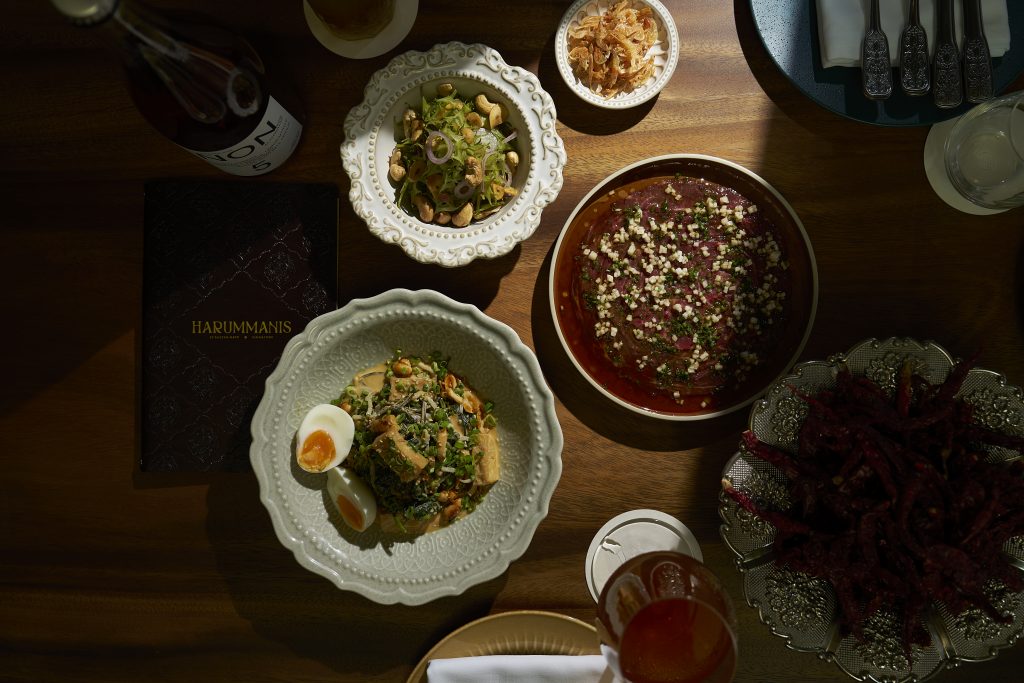
The ingenuity behind his culinary creations is (literally) laid out on the table. And yet, Chef Akmal recalls how “people would compare and say the rendang at nasi padang shops is cheaper.”
Undeterred by these comparisons, he created a more accessible menu, allowing patrons to savour an elevated set meal starting at $37.
“Before setting up Harummanis, I noticed that Malay food was always positioned as being cheap or unhealthy, hawker centre food, or ‘who did it better’ between Indonesia, Malaysia, and Singapore,” Chef Akmal says.
His vision was simple: to create a personal space where Malay cuisine—food from the heart—could earn the rightful respect it deserves on the global stage. With a second Harummanis outlet opening in Dubai this December, Chef Akmal is well on his way.
If We Don’t Represent Our Food, Who Will?
These chefs set out with a simple goal: to take the flavours of their mothers’ and grandmothers’ kitchens into a space that rarely embraces the Malay-Muslim community. Dishes they grew up with are now reimagined for a market that once overlooked this cuisine—and that, in itself, deserves praise.
While Malay fine dining restaurants exist, not all of them are run by Malay chefs. With such limited representation at the fine dining level, are we losing an opportunity to see Malay cuisine evolve and reach new audiences in a way that honours its roots?
We pride Malay food on its abundance and its hospitality. But if we gatekeep it, we risk limiting its potential to evolve. The Malay archipelago deserves the pride of showcasing its rich culinary heritage to the world.
It’s also important to recognise that both atas and non-atas Malay food can coexist. The emergence of Harummanis doesn’t threaten beloved spots like Aspirasi Chicken Rice or Nora’s Kitchen; instead, the conversation around atas-ness invites us to appreciate the rich diversity within Malay cuisine.
Elevating Malay food also doesn’t mean losing our roots.
As Chef Akmal says, “We should encourage making everything with heart, telling our story, and saying where our roots are from. There’s nothing shameful that our cuisine originated from a fishing village or a padi field.”
“It is who we are. It’s in our DNA.”

